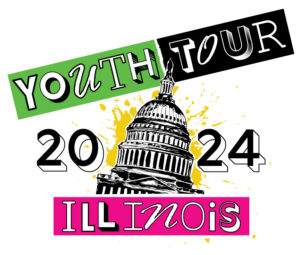Fraudsters continue to change their tactics. Make sure you are aware of the latest scam trends at ssa.gov/scam. The best ways to stay informed include following reliable news sources, subscribing to scam alert newsletters and staying connected with local law enforcement. The more you know, the better prepared you’ll be to identify and avoid scams.
Think before sharing personal information. Phishing is one of the main ways that scammers trick people into providing personal information. Pay close attention to emails or messages asking for your username, password or personal information.
Scammers pretend to be from familiar organizations to gain your trust. Stay alert when receiving calls claiming to be from banks, government agencies or other well-known companies. Con-tact the organization directly through official channels to verify the request is real before sharing personal information or making a payment.
Use strong passwords. Create strong, unique passwords like a phrase with upper and lowercase letters, numbers and special characters. Don’t use passwords that are easy to guess, like birthdays or names. Consider using a password manager to generate unique passwords and securely store them.
Be savvy with QR codes. QR codes are increasing in popularity. They’re in restaurants, on parking meters, in emails and on social media. Scammers have noticed and are physically placing fake QR codes on top of official ones or creating fake QR codes on social media ads to get access to your personal information. Never scan random QR codes. Also, if it looks odd or altered, do not scan it.
Protect your social media profiles. Review your privacy settings on social media platforms and limit the amount of information you share. Fraudsters may use your posts to personalize scams or get access to your accounts. Regularly check your friends list and remove any unfamiliar or suspicious accounts.
Make protecting yourself against scams a priority. We can significantly reduce the risk of being scammed by staying informed, being alert and safeguarding our accounts. For more info, watch the Social Security Administration’s video at youtube.com/watch?v=cyaUWTFLw3c.









